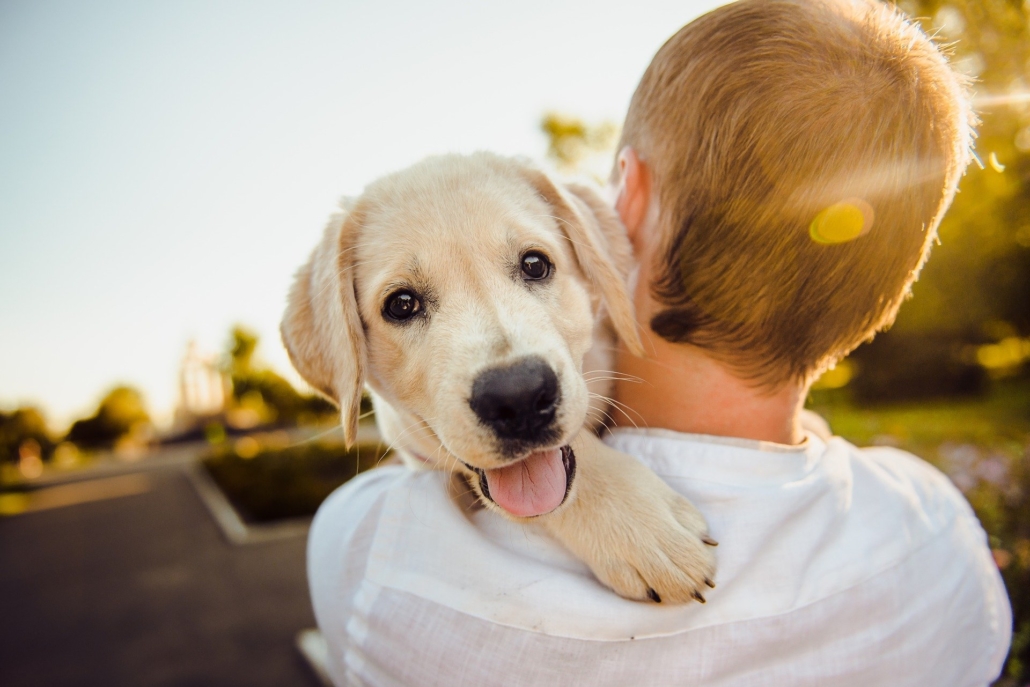6 Things To Do Before Bringing Home A New Puppy
Bringing home a new puppy is not only an incredibly exciting and happy time. It’s also the perfect opportunity to start things off on the right paw with your new forever friend. Before you bring home your new puppy, check out this list to find out what you can do to prepare to give her the best life possible – from the start.
Prepare Your Space
Puppies are notorious for getting into things that they shouldn’t. Search your home for any potential “chew toys” your pup might come across, especially in places you might not normally look, like under the couch. Keep shoes, socks, the kids’ toys, books, etc., locked away. Make sure all “people” food is out of reach. And if you have other animals in your home, like cats, keep their food on a high shelf that only they can reach. Additionally, make sure to move any plants to a safe spot where your dog can’t ingest them. (Check out this helpful guide from the ASPCA to find out if your plants could be harmful to dogs.)
Find A Dog Trainer
As an owner, it is your responsibility to make sure your pup is properly trained. And as the saying goes, “You can’t teach an old dog new tricks.” So, start early! Exposing your dog to professional training early on could save you some headaches in the future.
Get Pet Insurance
Spaying and neutering, vaccinations, accidents and hospitalizations all add up to big vet bills. Waiting to find a good pet insurance plan could end up costing you more money in the long run. Spend some time shopping around for a plan that fits your budget and meets your pet’s needs before you bring them home. Customizable coverage is a bonus. Pawsome Pet Insurance has customizable plans starting at as little as $10 a month.
Have The Proper Supplies
Before your puppy arrives, you’ll want a leash and a proper fitting harness, indoor potty pads, a carpet cleaner and stain remover (accidents will happen!), chew toys, quality pet food (more about that below), feeding bowls, a crate if you plan on crate training, and possibly boots, if you live in a cold climate. They’re not just stinkin’ adorable – they protect your puppy’s paws from ice and sidewalk salt during a winter walk.
Make A Diet Plan
It’s especially important for a puppy to have nutrient-dense meals during their early development. Choose a food that meets nutritional standards set by the Association of American Feed Control Officials (AAFCO), and make sure the food is specifically tailored to the life stage of your dog, as their nutritional needs will change over time. Check out Pawsome Dog Food, which features hand-crafted recipes with double proteins, fruits and vegetables, and no fillers.
Consider Microchipping
According to nationwide estimates from the ASPCA, about 6.5 million pets enter animal shelters every year. Only 710,000 are returned to their owners. Microchipping is a simple, yet effective, procedure that will allow a vet or shelter to scan your pet for its ID, should she ever get lost. Consider microchipping your pet, and make sure to register the microchip with a national pet recovery database, to save yourself some anxiety as you and your puppy take the world by storm.
Looking for weekly insights and tips to keep your best friend happy & healthy?
Look no further and sign up for our newsletter right away:


